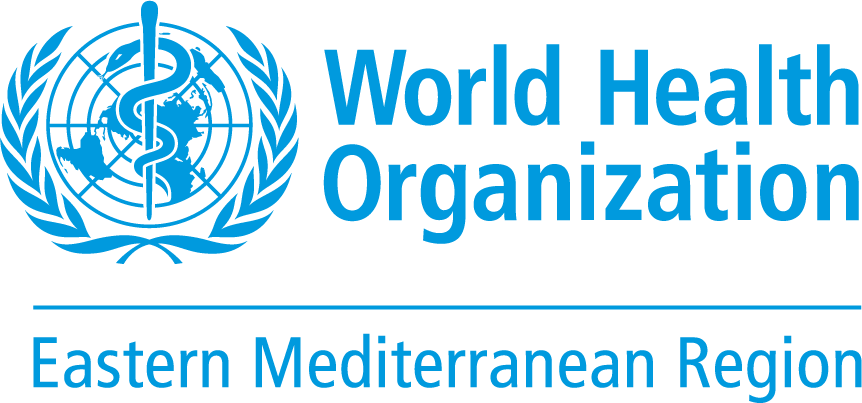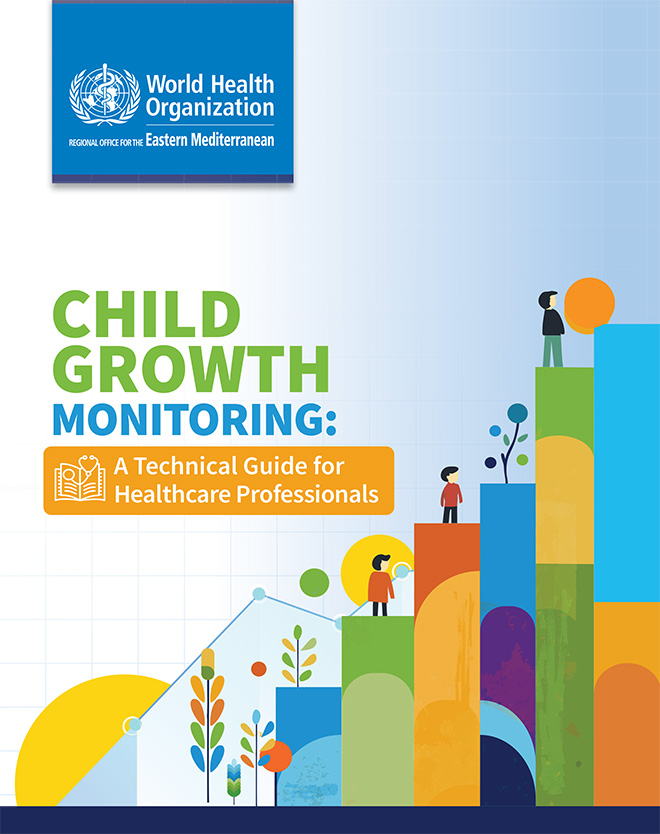
Child growth monitoring: a technical guide for healhtcare professionals
Publication date: 2023
Growth monitoring is a cornerstone of pediatric healthcare, playing a vital role in spotting growth issues that could affect a child's health and development. By closely tracking a child's growth, healthcare professionals gain valuable insights into their growth patterns, enabling timely interventions when deviations arise.
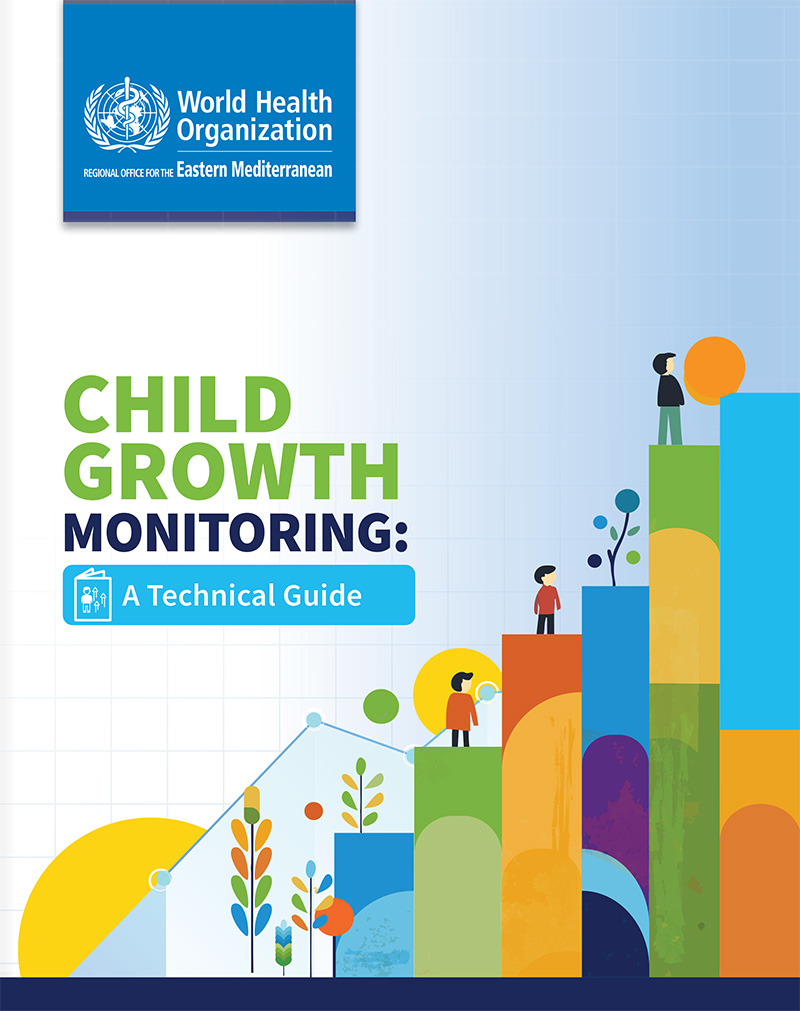
Child growth monitoring: a technical guide
Publication date: 2023
Growth monitoring plays a pivotal role in pediatric care, facilitating the early detection of growth problems that could potentially impact a child's health and development. It provides healthcare professionals with valuable insights into a child's growth trajectory, allowing for timely intervention when deviations from expected patterns are identified. Accurate data collection methods and the use of reliable tools are paramount in ensuring the effectiveness of growth monitoring practices. By integrating growth monitoring into comprehensive pediatric care, healthcare providers can offer holistic support to children and their families, addressing not only immediate concerns but also fostering optimal physical and cognitive development over the long term. This proactive approach underscores the importance of regular monitoring and intervention, ultimately contributing to the overall well-being of children.
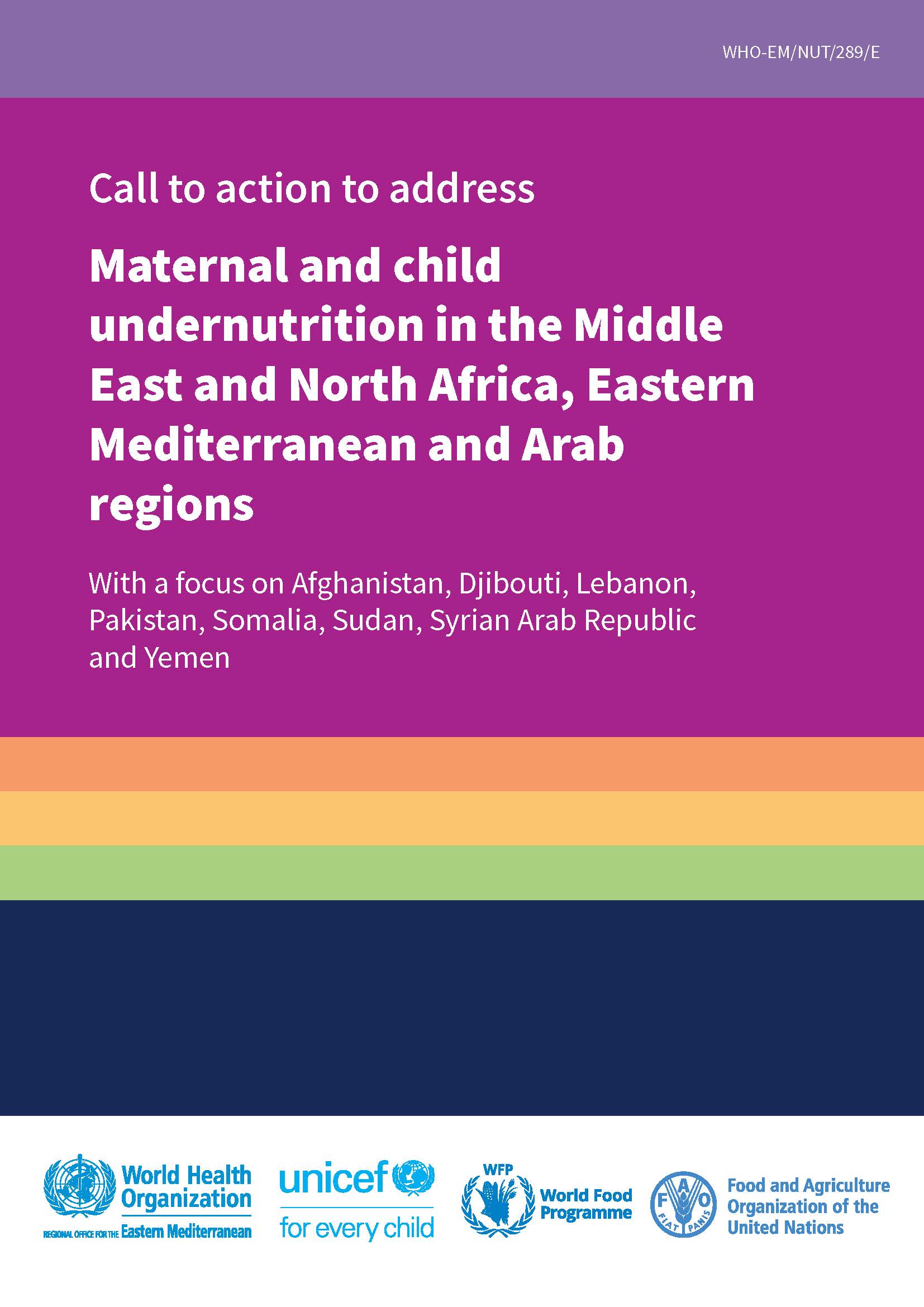
Call to action to address maternal and child undernutrition in the Middle East and North Africa, Eastern Mediterranean and Arab regions with a focus on Afghanistan, Djibouti, Lebanon, Pakistan, Somalia, Sudan, Syrian Arab Republic and Yemen
Publication date: 2022
Malnutrition in all its forms takes a heavy toll on the health, well-being and sustainable development of countries in the Middle East and North Africa, Eastern Mediterranean and Arab regions. Infants, young children, pregnant women and breastfeeding mothers, in particular, face significant risks to their nutritional status and well-being in contexts where access to essential health and nutrition services and affordable healthy diets is constrained. This call to action highlights some immediate priority areas to address the high undernutrition in the context of the current food security situation, the ongoing pandemic and the multiple crisis or post-crisis situations in the regions.
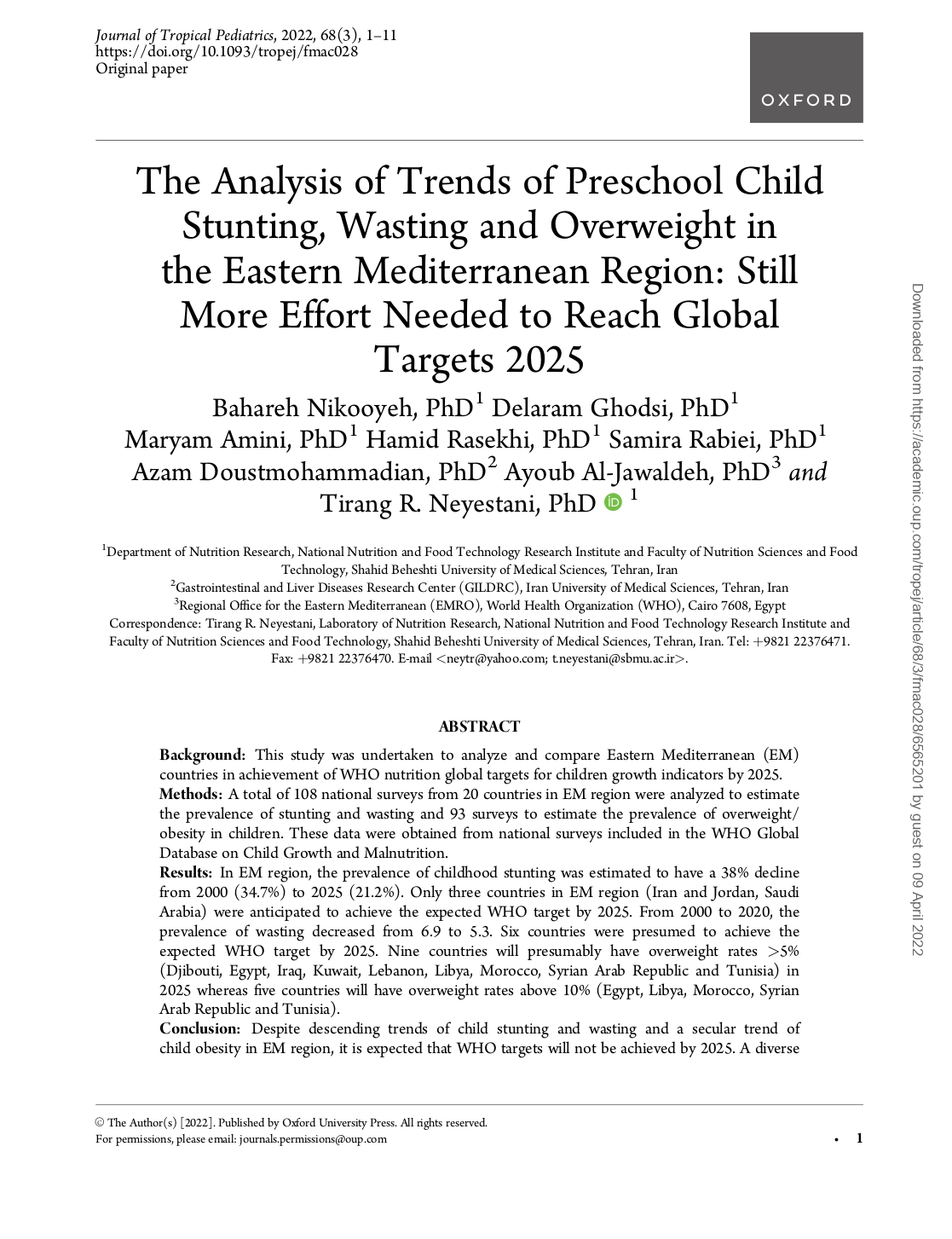
The analysis of trends of preschool child stunting, wasting and overweight in the Eastern Mediterranean Region: still more effort needed to reach global targets 2025
Publication date: 2022
This study was undertaken to analyze and compare the progress made by countries in the Eastern Mediterranean Region (EMR) countries in achieving the WHO nutrition global targets for children's growth indicators by 2025. Despite descending trends of child stunting and wasting and a secular trend of child obesity in EMR, it is expected that WHO targets will not be achieved by 2025. A diverse socio-economic condition in EMR countries necessitates different action plans. International determination, political commitment and, above all, involvement of the families are needed to achieve 2025 targets for child stunting, wasting and overweight/obesity.

Worldwide implementation of the WHO Child Growth Standards
Publication date: 2012
This article describes the worldwide implementation of the WHO Child Growth Standards. Findings show that five years after their release, the WHO standards have been widely scrutinized and implemented. Countries have adopted and harmonized best practices in child growth assessment and established the breast-fed infant as the norm against which to assess compliance with children's right to achieve their full genetic growth potential.
